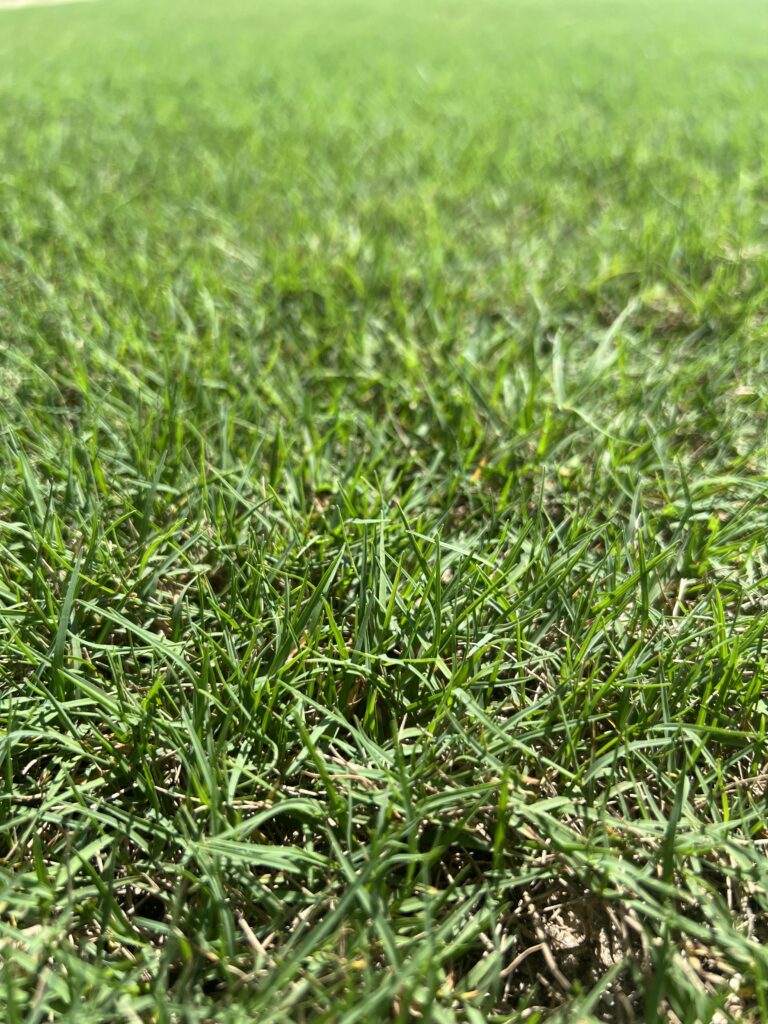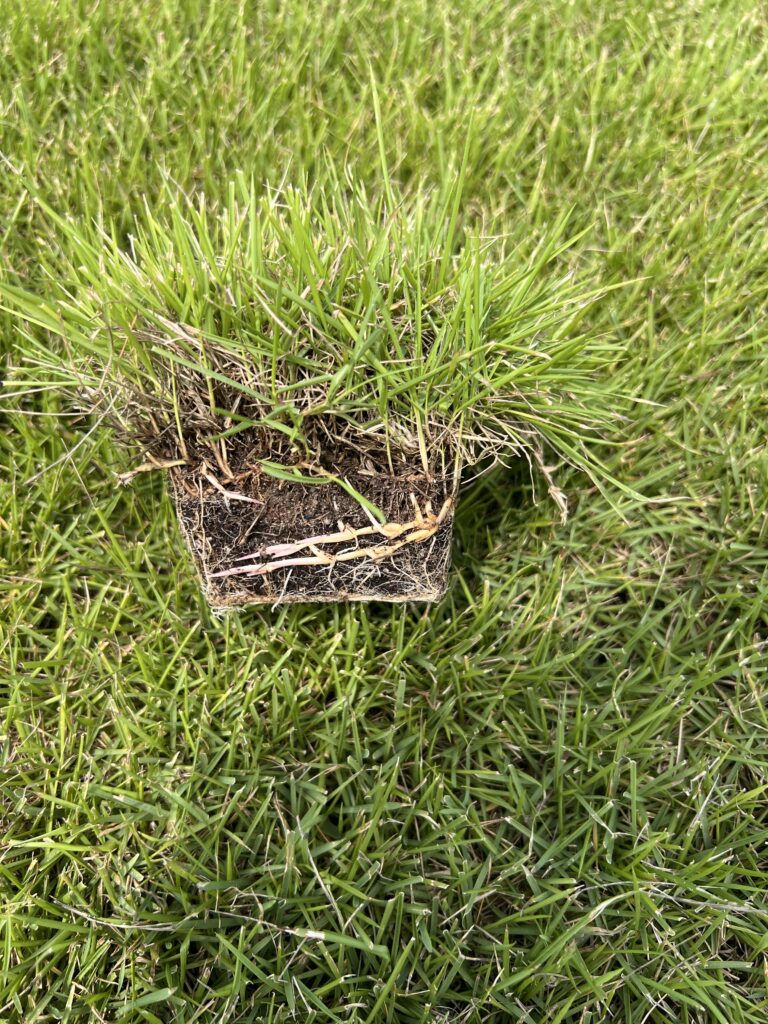Centipede grass is known for its excellent heat tolerance and extremely low maintenance requirements. Centipede, a favorite of lawn owners interested in minimal upkeep, requires far less attention and input than other grasses in its growing region. However, centipede grass has particular climate and soil needs that limit its U.S. use primarily to the Southeast.
Centipede At A Glance
- Warm-season, heat tolerant grass.
- Suitable for Southeast lawns.
- Low maintenance & nutrient requirements.
- Moderate shade tolerance.
- Sensitive to alkaline soil.
- Relatively shallow root system.
Centipede Grass Basics
Centipede grass is native to China and Southeast Asia, but it’s been in the U.S. since seeds were introduced here in 1916. Centipede is what’s known as warm-season grass. That means its most productive growth period comes during warm weather of the late spring through summer months. Centipede grass is more sensitive to cold than many other warm-season types of grass. But when grown in mild climates, this perennial can withstand winters year after year.
Centipede’s use as a lawn grass is restricted mainly by climate and soil requirements. In the sandy, acidic soils of the Southeast, from the Carolinas across the Southern Coastal Plains to the Texas Gulf Coast, warm winters accommodate the centipede’s needs. North of this area, winters are too cold for its survival.
Centipede’s outstanding tolerance to heat doesn’t equate to drought tolerance. That’s another reason the Southeast and its high annual rainfall suit Centipede well. But Centipede recovers from stress rapidly once normal conditions return.
Centipede Characteristics to Consider
Centipede grass does not have a true period of winter dormancy like warm-season zoysia and bermudagrass. In very mild climates, the centipede may remain green all winter. However, this lack of dormancy leaves it vulnerable to winter cold. When temperatures drop low, centipede can sustain damage; repeated injuries over winter can prove fatal.
Centipede has the slowest growth rate of common warm-season lawn grasses. It spreads by creeping, above-ground stems called stolons. It eventually forms a dense lawn, but centipede doesn’t hold up well to heavy traffic, and it recovers slowly. It is more shade-tolerant than bermuda grass but less tolerant of salt.





